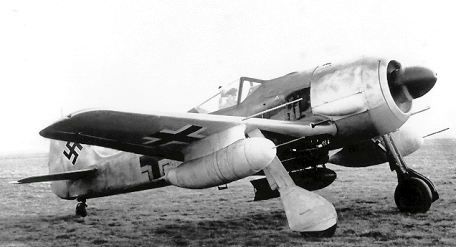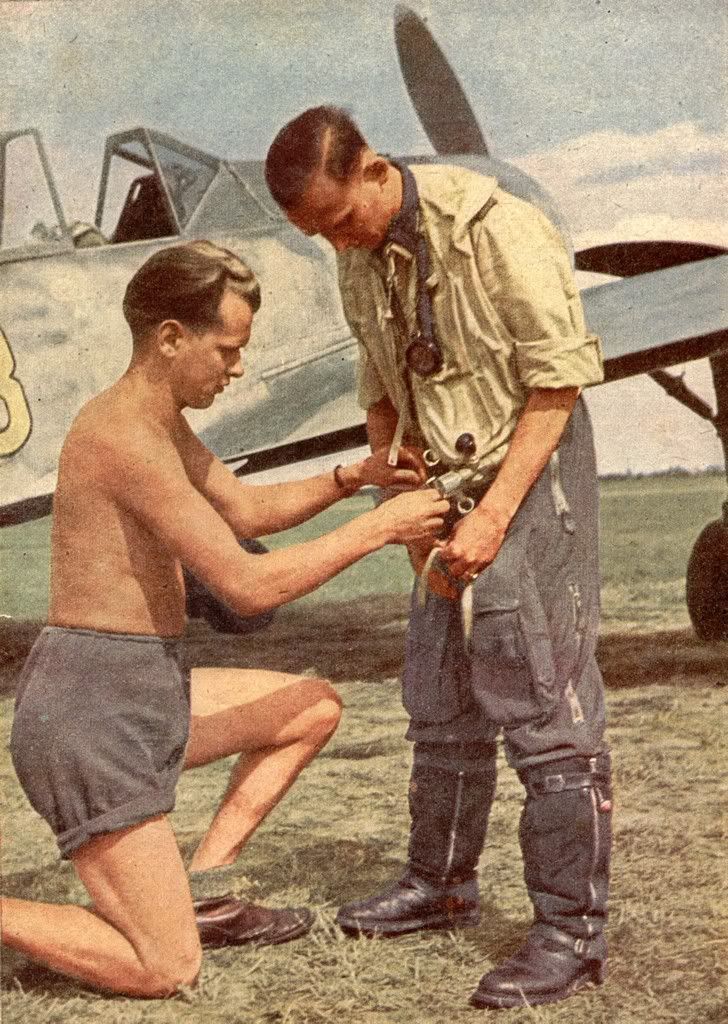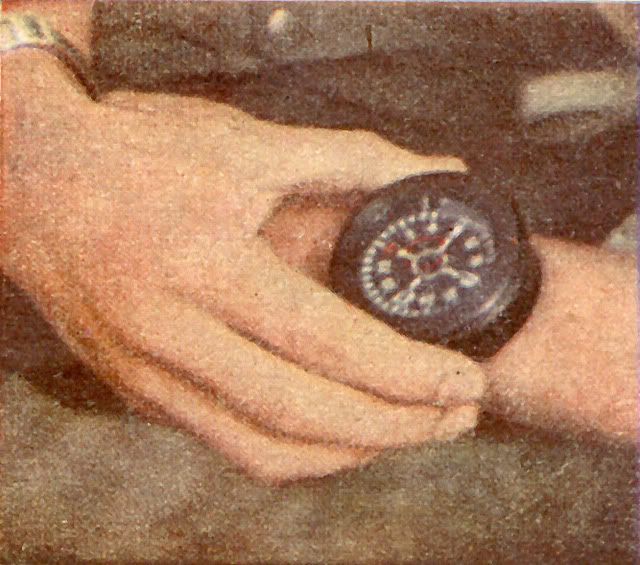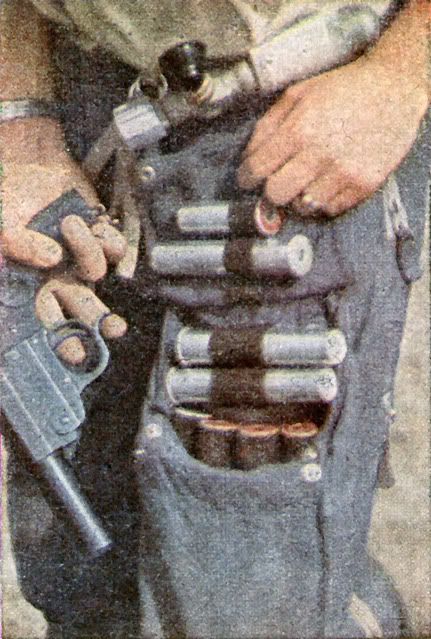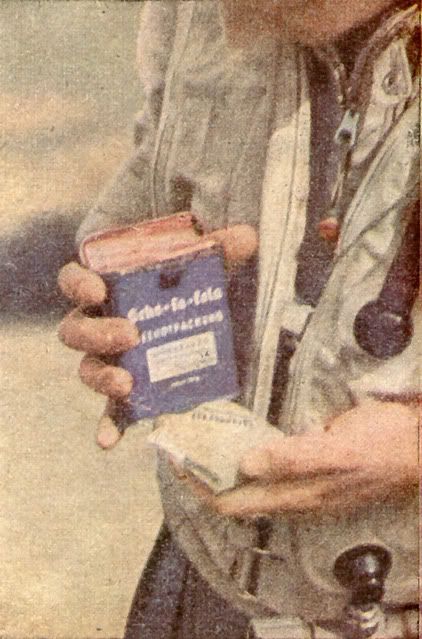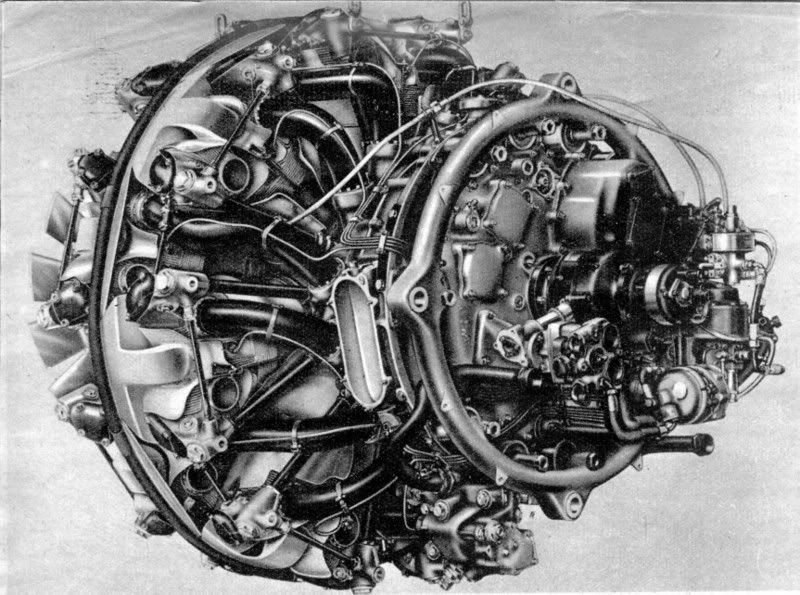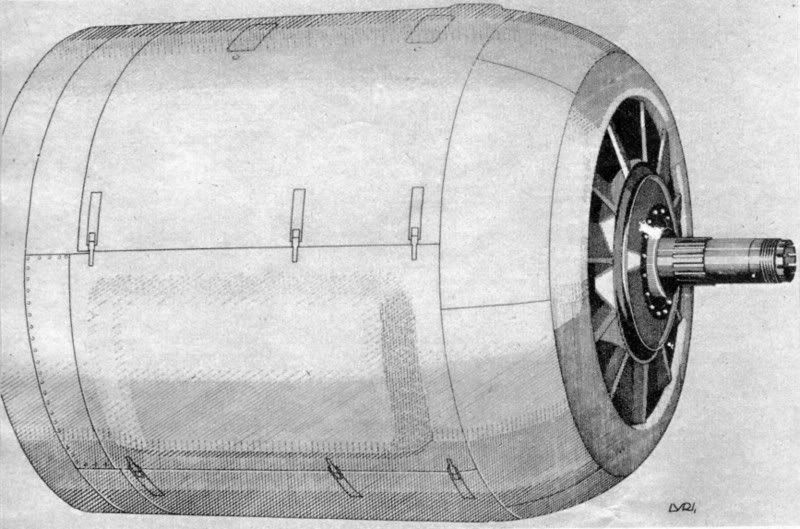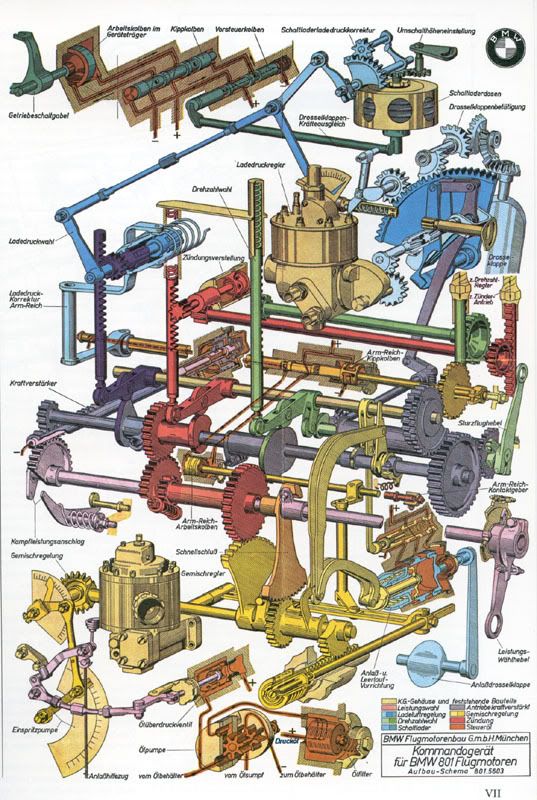Thank you, my dear Mr. Panzerknacker. Main reason for that previous post of mine was factual absence of personal equipment oriented factographic material.
On the other hand that question about factual cocoa content in that Scho-ka-kola delicacy is hardly definitely answerable. Factual pre WW2 cocoa-bean stocks in Germany are still unknown, as well as those captured lots in occupied countries, especially those in Holland. Furthermore, there is still not so well explored case of German blockade runner consignments, not even to mention those Hilfskreuzer (auxiliary cruisers) achievements that were capable to provide (at least temporarily, mainly before 1942) purveyance of some really scarce natural materials. Some successfully captured allied liners (for example SS Spaybank, a 5.154-ton British freighter) were loaded with highly scarce material, namely with a cargo of manganese ore, carpets, tea (first grade natural source of caffeine!) and shellac. Of course, precise and detailed cargo lists are still missing, therefore absolutely clear-cut evaluation is – unfortunately – impossible.
On the other hand, it has to be emphasized that back there in late thirties German chemists were the champions of organic synthesis, and from strictly technological point of view there was a real possibility for a wholly different chocolate production course, that – if truth is to be said - has never been officially pursued in the peacetime.
Basicly, my dear Mr. Panzerknacker, chocolate is only a solidified complex mix of chocolate liquor, sugar, hydrogenated vegetable oil and milk solids, as well as some emulsifiers, like lecithin. However, such a product is not strictly obliged to contain factual cocoa solids (just remember even today popular white chocolate!). Completely edible and highly nutritive “chocolate” is producible by exclusion of natural cocoa liquor via substitution of previously mentioned ingredient with different forms of highly emulsified and enriched caramel, enhanced with some emulsifying natural ingredients (alginic acid + fucoidin), as well as with some artificial colorants and flavoring agents (ethyl vanilline + benzene acetaldehyde, Alpha-[3-Methylbutylidene]).
Bearing on mind scientifically proven fact that our mostly Scho-ka-kola highlighted substance - 1,3,7-Trimetilxantin - (read: Caffeine), as well as 3,7-Dimetilxantin (read: Theobromine) was successfully synthesized by German chemist E. Fischer back there in 1895, I am really unable to see any technological obstacle for implementation of highly synthetic, semi-organic based production of war-time chocolate. After all, German war-time ice-cream has been reportedly produced in a similar way…
Of course, all this is nothing more than a purely speculative theoretical excursion.
BTW - for additional, quite reliable information about highly interesting, non-standard, completely abundant, and still insufficiently used natural nutrient and chemical industry resources, please consult the following resource:
T. S. Douglas, “The Wealth of Sea”, John Gifford Limited, London, 1946.
I have to confess that I was highly impressed with information presented on page 107 that German engineers intended to use in 1944 seaweeds Ascophyllum Nodosum and Chondrus Crispus to produce Hexanitromannitol! Just imagine a new generation of Panzerblitz rockets filled with that stuff…
And now back to hard historiographic facts. As you know, BMW 801 is essential part of the FW 190 story. So here you have not very well known picture of BMW 801 production line. I think that I will be able to provide some additional material connected with this issue.

In the meantime – all the best!



